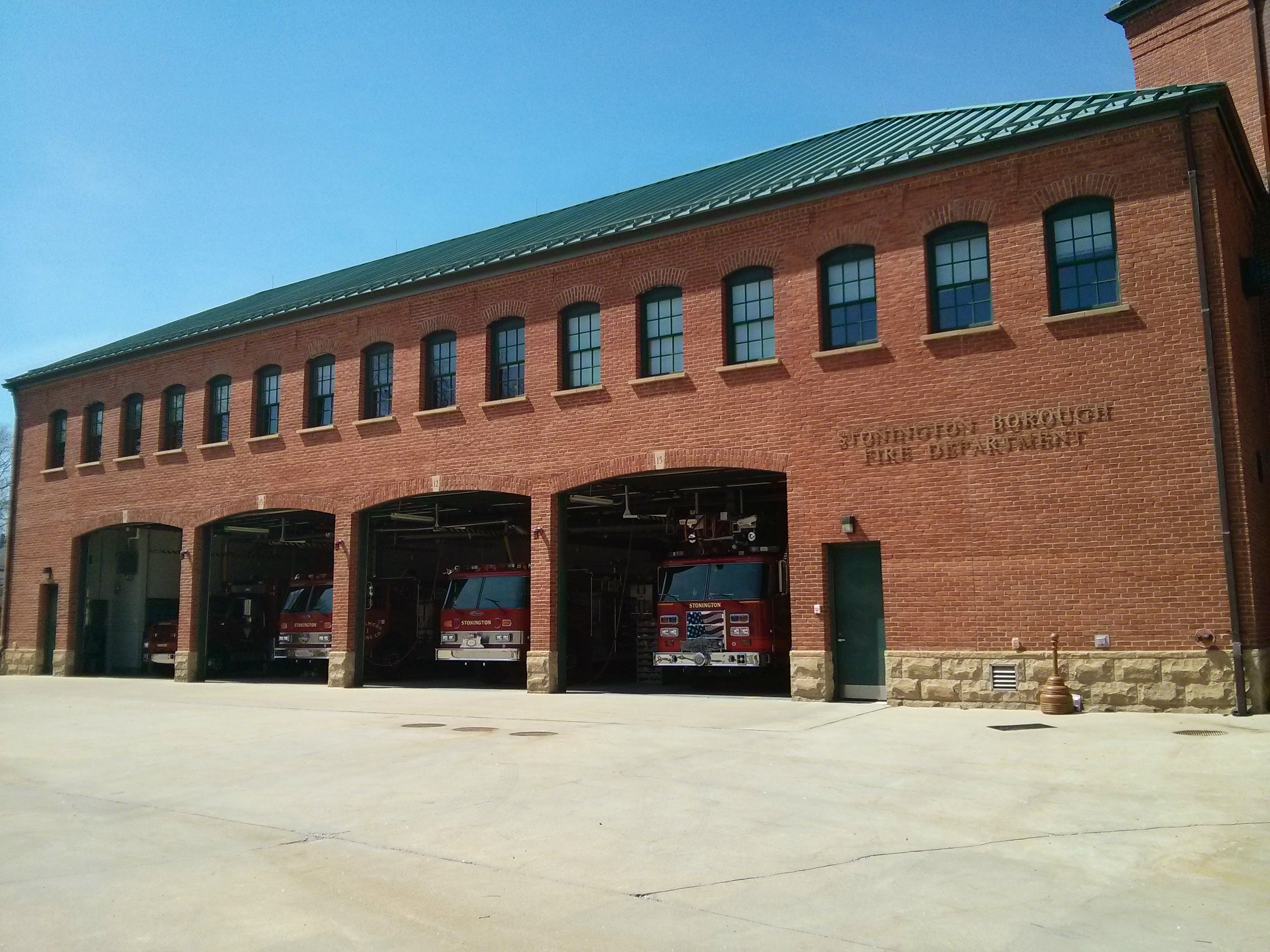Home Fire Preparedness
Get tips on escaping from a home fire, plus learn smart habits that can prevent a fire from starting.
The 7 Ways to Prepare for a Home Fire
1.
Install the right number of smoke alarms. Test them once a month and replace the batteries at least once a year.
2.
Teach children what smoke alarms sound like and what to do when they hear one.
3.
Ensure that all household members know two ways to escape from every room of your home and know the family meeting spot outside of your home.
4.
Establish a family emergency communications plan and ensure that all household members know who to contact if they cannot find one another.
5.
Practice escaping from your home at least twice a year. Press the smoke alarm test button or yell “Fire“ to alert everyone that they must get out.
6.
Make sure everyone knows how to call 9-1-1.
7.
Teach household members to STOP, DROP and ROLL if their clothes should catch on fire.
Home Fire Safety and Prevention Tips
Develop Fire-Safe Habits
If you do nothing else:
-
Keep items that can catch on fire at least three feet away from anything that gets hot, such as space heaters.
-
Smoking materials are the leading cause of residential fire deaths in the United States. If you smoke, take precautions: Smoke outside; choose fire-safe cigarettes; never smoke in bed, when drowsy or medicated, or if anyone in the home is using oxygen.
-
Use deep, sturdy ashtrays and douse cigarette and cigar butts with water before disposal.
-
Talk to children regularly about the dangers of fire, matches and lighters and keep them out of reach.
-
Turn portable heaters off when you leave the room or go to sleep.
-
Never leave a burning candle unattended, even for a minute.
Protect your home:
-
Install smoke alarms on every level of your home and outside every sleeping area. Also, install a carbon monoxide alarm in a central location outside each separate sleeping area.
-
Keep matches and lighters up high, away from children, preferably in a locked cabinet.
-
Use flashlights when the power is out, not candles.
-
Make sure your house number is easily readable from the street, even at night.
-
Download the Carbon Monoxide Poisoning Fact Sheet >>
Reduce fire risks in your home:
-
Make sure your home heating sources are clean and in working order. Many home fires are started by poorly maintained furnaces or stoves, cracked or rusted furnace parts, or chimneys with creosote buildup.
-
Use kerosene heaters only if permitted by law. Refuel kerosene heaters only outdoors and after they have cooled.
-
Check electrical wiring in your home.
-
Fix or replace frayed extension cords, exposed wires, or loose plugs.
-
Make sure wiring is not under rugs, attached by nails, or in high traffic areas.
-
Make sure electrical outlets have cover plates and no exposed wiring.
-
Avoid overloading outlets or extension cords.
-
Purchase only appliances and electrical devices (including space heaters) that bear the label of an independent testing laboratory.
-
Store combustible materials in open areas away from heat sources.
-
Place rags used to apply flammable household chemicals in metal containers with tight-fitting lids.
-
Download the Home Heating Fires Fact Sheet >>
Cook more safely:
-
Stay in the kitchen when frying, grilling or broiling food. Stay in the home while simmering, baking, roasting or boiling food.
-
Keep pets off cooking surfaces and countertops.
-
Keep the stove area clean and clear of things that can catch fire, such as pot holders, towels, curtains, bags, and other appliances.
-
If you are cooking and a fire starts in a pan, slide a lid over the burning pan and turn off the burner. Leave the lid in place until the pan is completely cool. Moving the pan can cause serious injury or spread the fire. Never pour water on grease fires.
-
Download the Cooking Fires Fact Sheet >>

